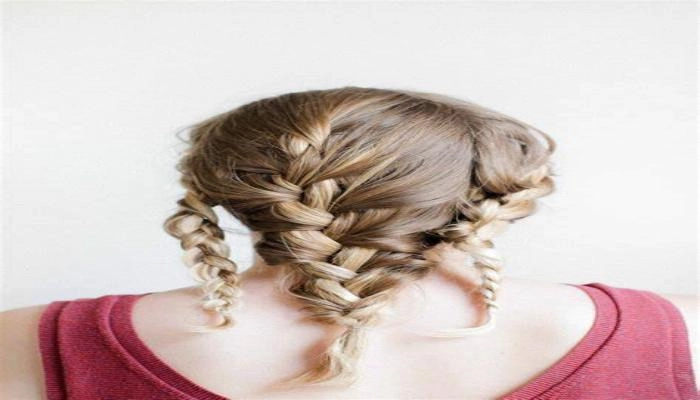Achieving effortless beach waves without heat styling is possible—and braiding is one of the easiest, most effective methods. This technique has been used for decades to create soft, tousled waves while protecting hair from heat damage. Whether you have straight, wavy, or curly hair, braiding overnight can give you beautiful, natural-looking texture by morning. Here’s a step-by-step guide to mastering the look.
Prep Your Hair for Braiding
Before you start braiding, proper preparation ensures the best results. Begin with clean, slightly damp hair. If your hair is freshly washed, let it air-dry until it’s about 80% dry, or use a blow dryer on a low setting. Overly wet hair can take too long to dry overnight, leading to frizz or dampness in the morning.
Apply a lightweight styling product to enhance texture and hold. A sea salt spray, texturizing mousse, or a small amount of leave-in conditioner can help define waves without weighing hair down. Avoid heavy creams or oils, as they may make waves fall flat. For extra volume, flip your head upside down and gently tousle your roots before sectioning.
Choose the Right Braiding Technique
The type of braid you choose will determine the wave pattern. For loose, beachy waves, opt for loose braids. If you prefer tighter curls, smaller or more intricate braids will work better. Here are a few options:
Classic Three-Strand Braids: Simple and effective, these create soft, uniform waves. Divide hair into two or more sections and braid loosely for a relaxed look.
French or Dutch Braids: These add more texture and volume at the roots, perfect for those who want extra lift.
Twisted Rope Braids: Twisting two sections of hair instead of braiding three creates a slightly different wave pattern—ideal for a more undone effect.
The number of braids also matters. More braids mean tighter waves, while fewer braids result in looser, more effortless texture.
Secure & Protect Your Hair
Once braided, secure the ends with soft hair ties to avoid creases. Avoid tight elastics that can cause breakage. For extra wave definition, lightly mist the braids with water or a texturizing spray before bed.
To prevent frizz and maintain smoothness, wrap your hair in a silk or satin scarf, or use a silk pillowcase. Cotton pillowcases can create friction, leading to flyaways and less defined waves. If your hair is prone to tangling, loosely pin the braids up or gather them into a loose topknot.
Morning Routine for Perfect Waves
When you wake up, carefully unravel each braid. Use your fingers to separate the waves gently—avoid brushing, as this can turn waves into frizz. For added volume, flip your head upside down and scrunch the roots.
If your waves feel too tight or crimped, run your fingers through them or lightly shake them out. A small amount of hair oil or serum can smooth any frizz while maintaining the tousled look. For extra hold, a light spritz of flexible-hold hairspray will keep waves intact all day.
Conclusion
Experiment with braid size and tightness to find your perfect wave pattern. If your hair doesn’t hold waves well, try braiding slightly damp hair or using a texturizing product. For second-day waves, refresh with a bit of water mixed with conditioner in a spray bottle. With this simple overnight method, you can wake up to gorgeous, heat-free beach waves—no styling tools required.
Related topics:
How Long Do Passion Twist Braids Last
How Long Do Butterfly Braids Last


